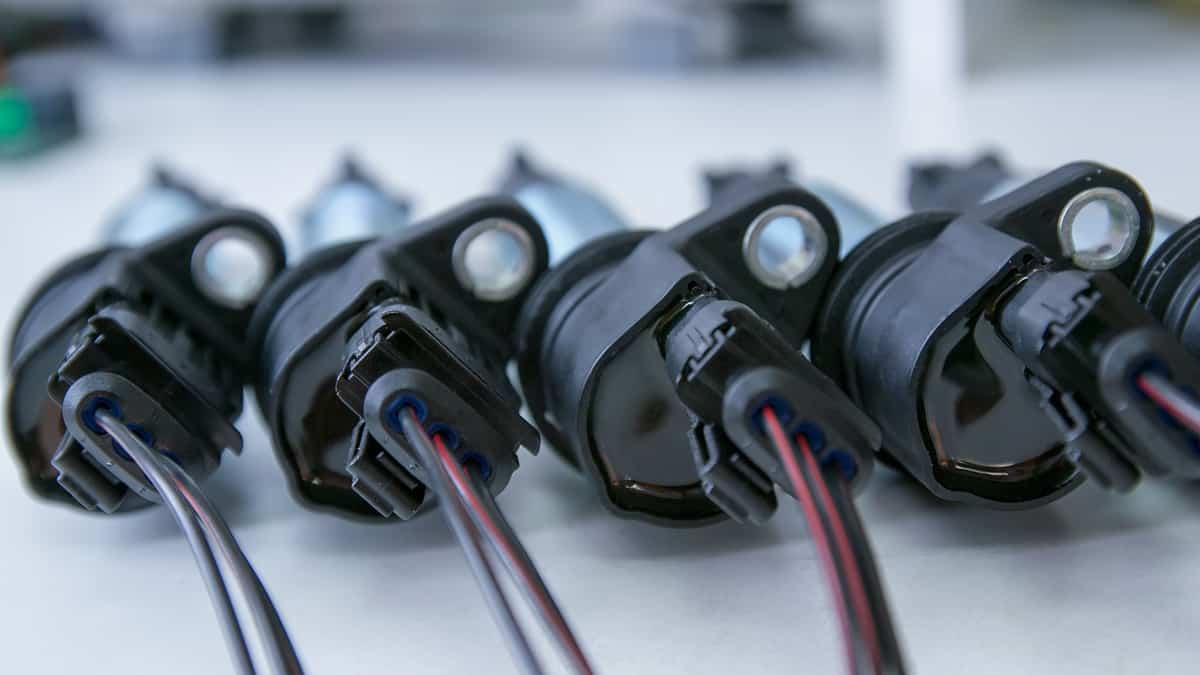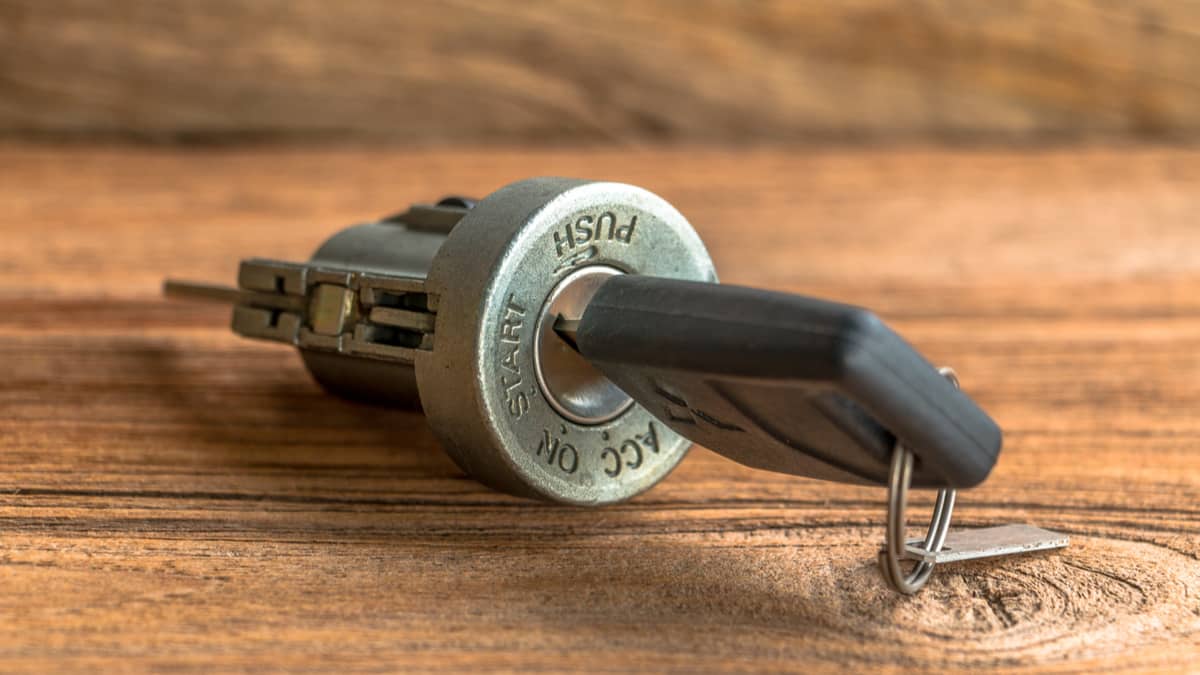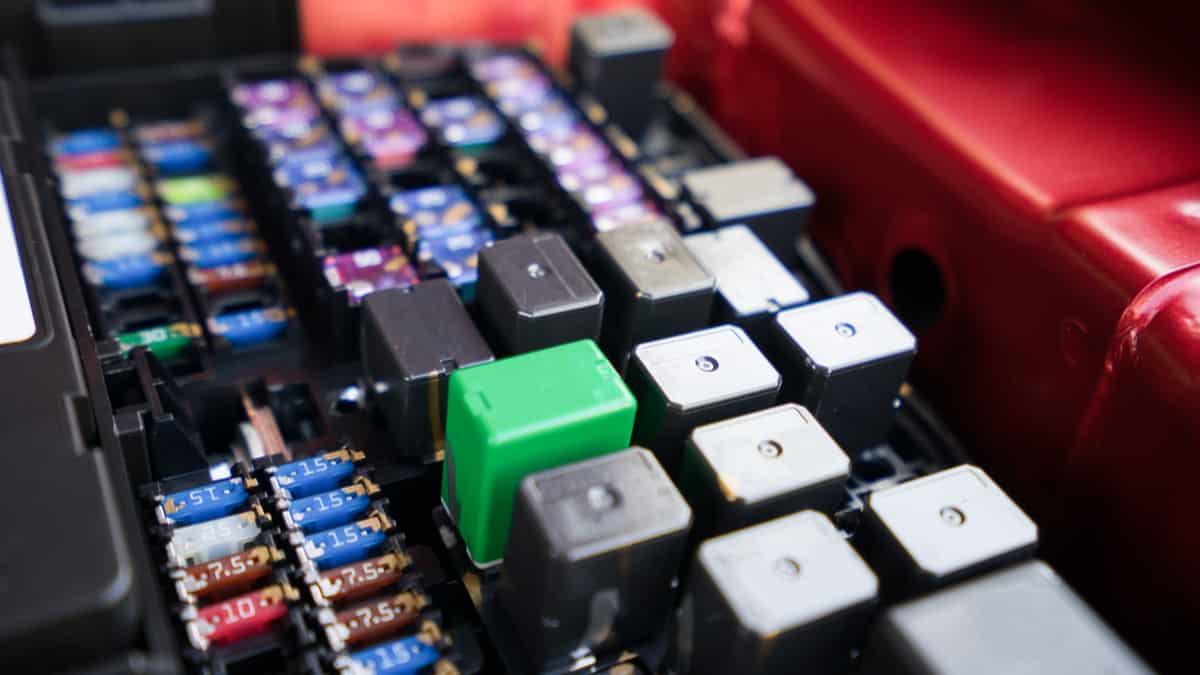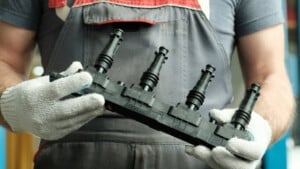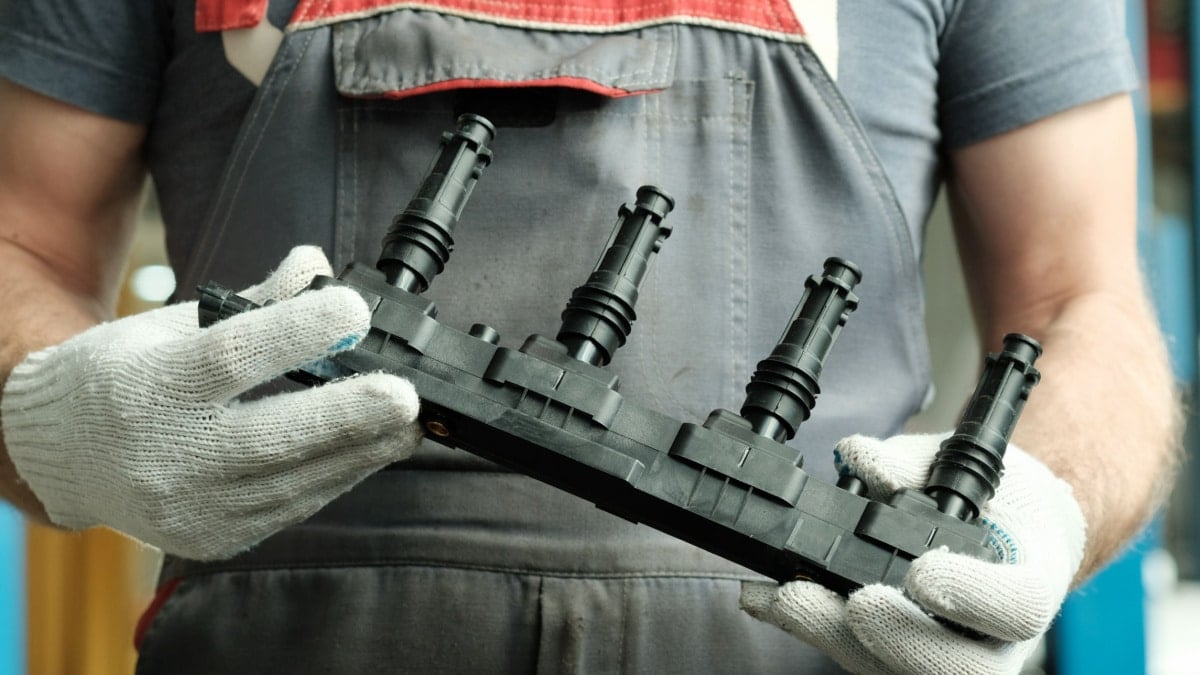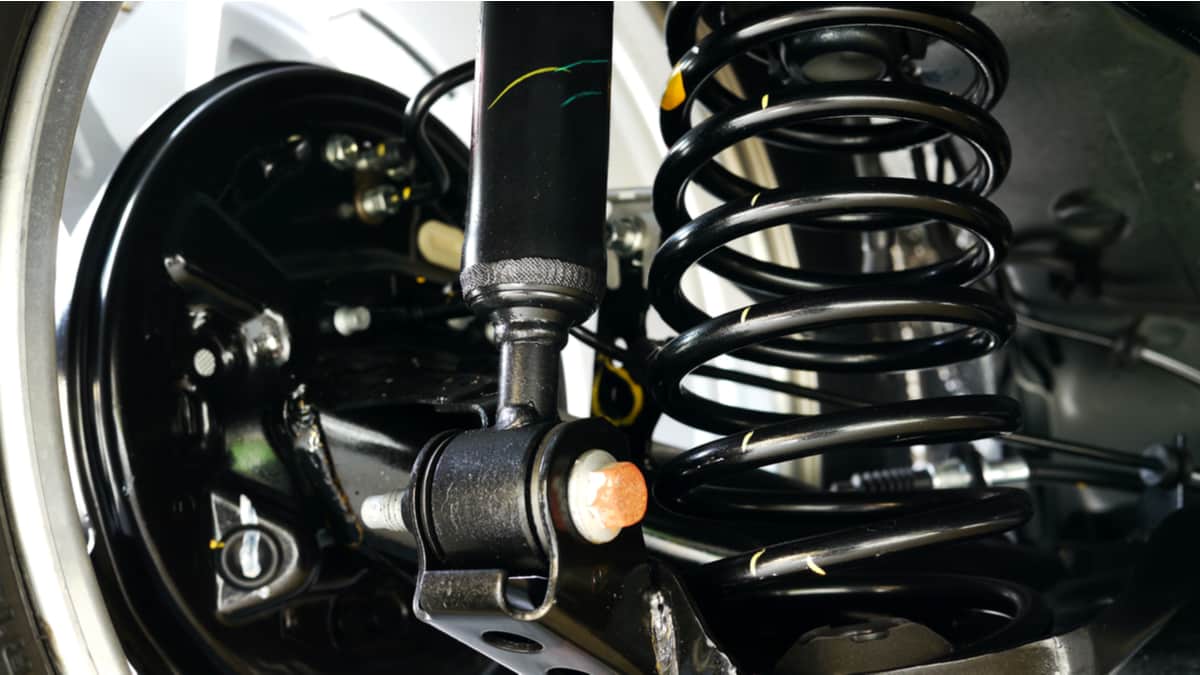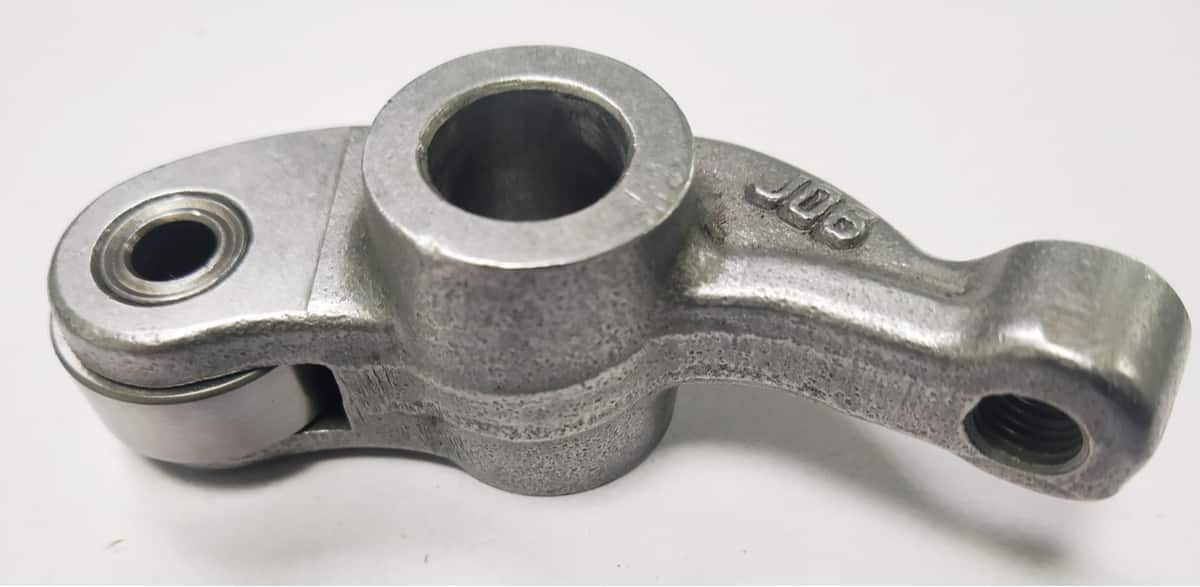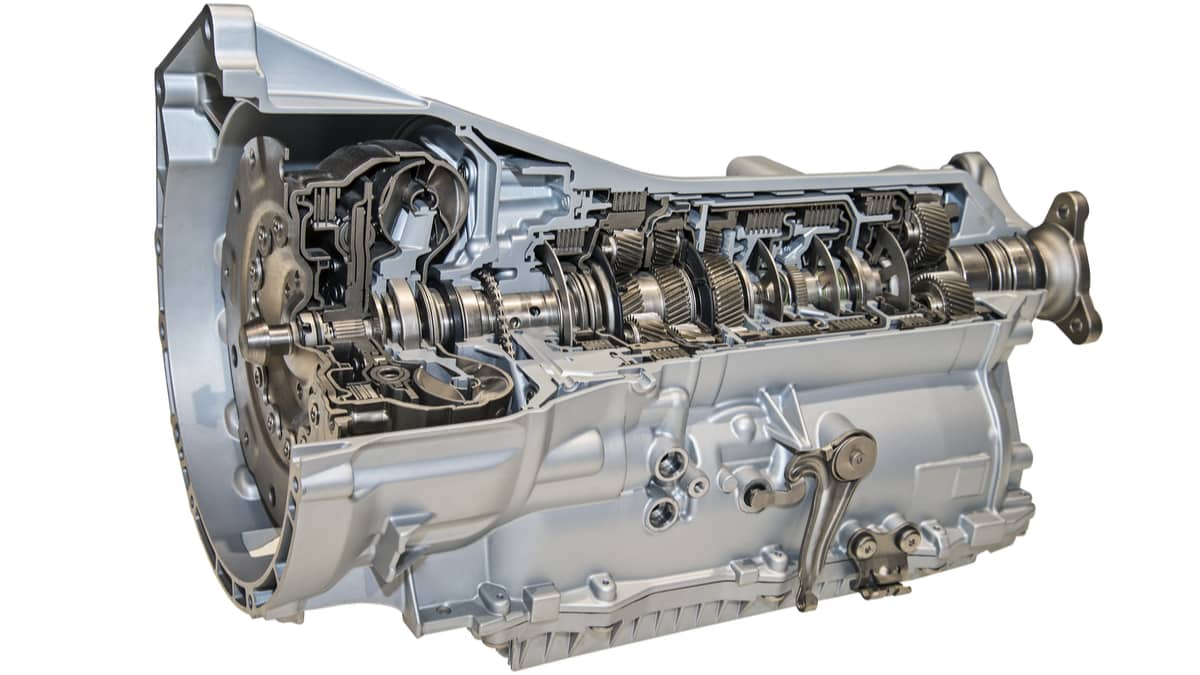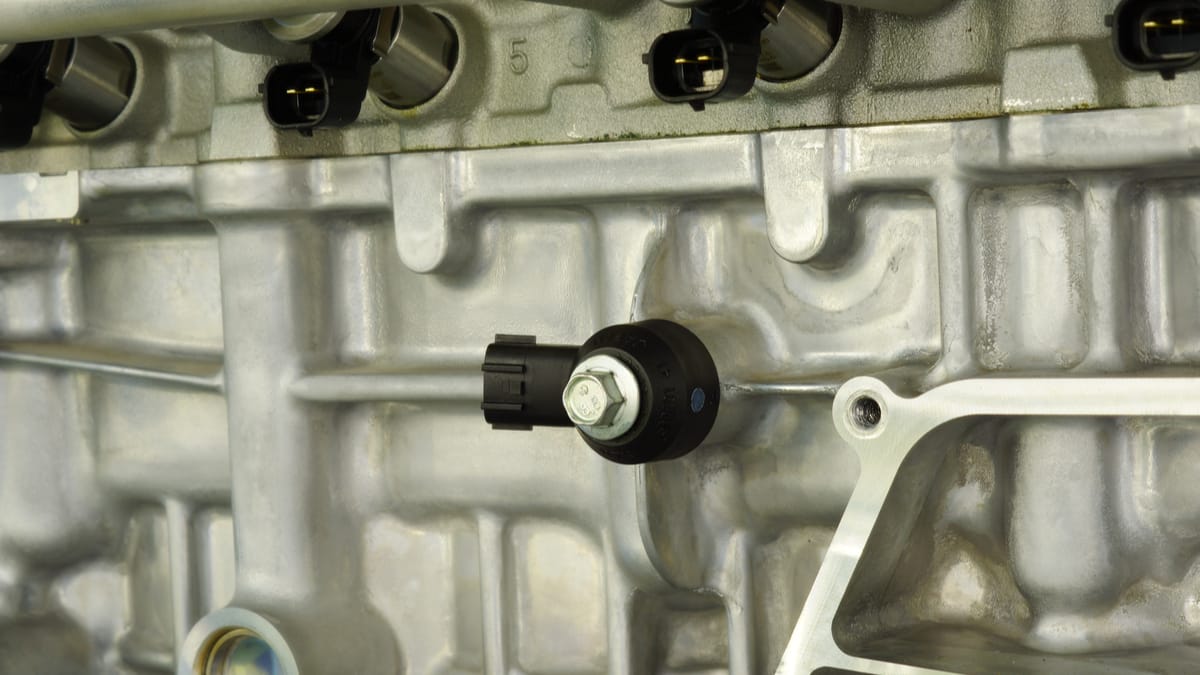If you want to keep your car running its best, you need to be alert for the most common bad ignition coil symptoms. While we hope you never have to deal with them, it helps to recognize them promptly, so you can replace them immediately for better engine performance.
In this guide, we cover the symptoms of a bad ignition coil and discuss how this part functions. We will also show you the location and explain how to test the coils. Finally, you get some answers to questions you may be afraid to ask.
Symptoms Of A Bad Ignition Coil
When an ignition coil goes bad, the Check Engine Light comes on, either solid or flashing. It can also cause a misfiring or stalling engine, along with a rough idle. You may also notice rough acceleration, poor fuel economy, a hard-starting engine or exhaust gases that smell like fuel.
Here are the symptoms to watch for.
1. Check Engine Light
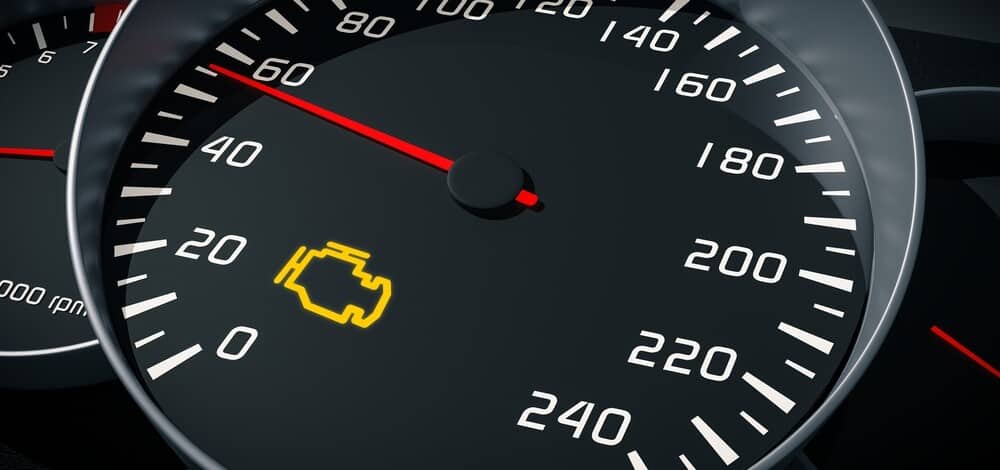
Bad ignition coils usually cause the Check Engine Light to come on. If you use your compatible code scanner, you may see a P0300 – P0312 ignition code or something manufacturer-specific. You may also get a generic engine misfire code.
If the Check Engine Light is solid, you may have time to repair the problem before it becomes severe. However, further damage can occur if you keep driving. If the light is flashing, you should turn off the car immediately to protect the engine from damage.
2. Misfiring Engine

When the ignition coil doesn’t work correctly, the engine is going to misfire. A misfiring engine occurs because the air-fuel mixture in the cylinder can’t ignite.
Misfiring engines create a hesitation or jerking feeling, especially as you attempt to accelerate. You can also feel the vibration throughout the cabin as the misfire gets worse.
3. Stalling Engine
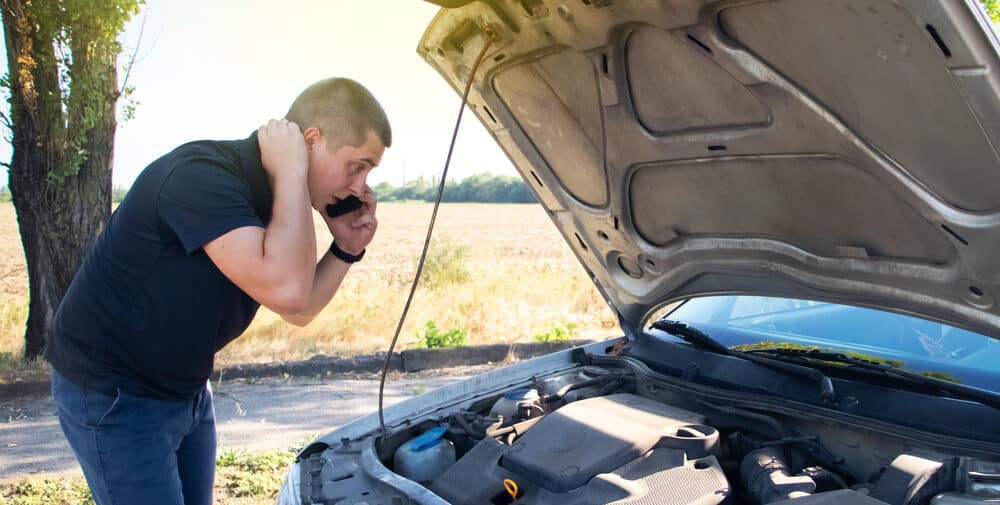
If the bad ignition coil is unable to keep the engine running, it’s going to stall. This happens when combustion doesn’t occur as it should.
In severe conditions, you won’t be able to restart the car engine. This situation leaves you stuck wherever you are when the engine stalls.
4. Rough Idle
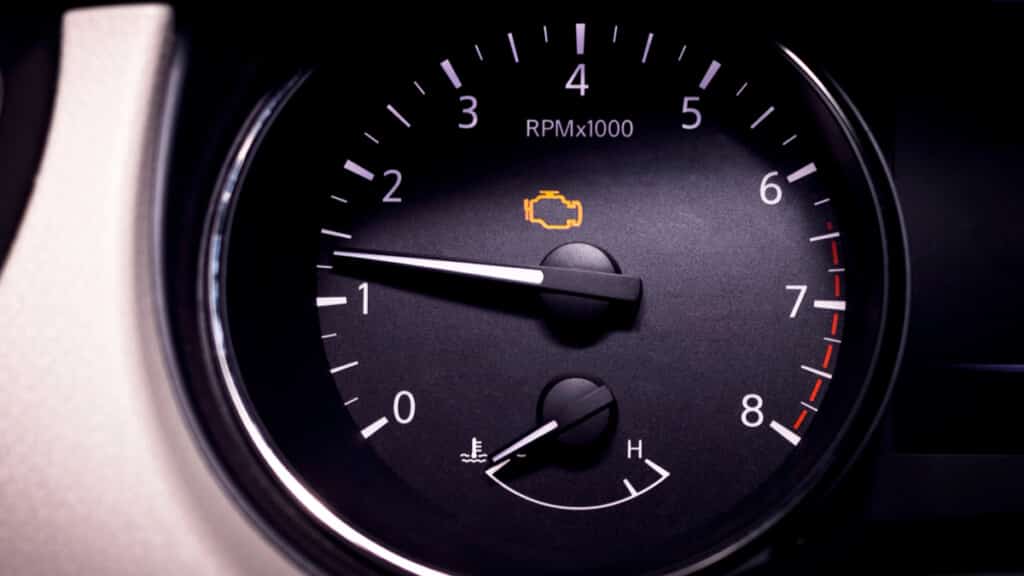
Engine idling defines the time when the motor is running, but the car isn’t going anywhere. You leave the engine idle when you are stopped at a traffic light or intersection. You can also leave the engine idling when you are parked and waiting.
In general, the engine idle should be smooth and predictable. If it becomes rough, there could be an issue with the ignition coils. It can also indicate a problem with the fuel injectors, spark plugs, air filter or exhaust.
5. Rough Acceleration
The rough-running engine won’t only occur while idling. It can be felt when you are driving as well. As you push down the accelerator, you might notice the engine struggling more than normal.
As the rough ride gets worse, the cabin will start to vibrate. Eventually, you will start to worry about the engine stalling.
6. Poor Fuel Economy

An ignition coil can fail spontaneously or over time. As the coil goes bad over time, you should notice a decrease in fuel economy.
In fact, if you are watching the gas mileage, you should notice problems before other symptoms appear. You want the engine to run as efficiently as possible and you don’t want to spend more money on fuel than needed, so it’s best to replace the bad ignition coil as soon as possible.
7. Hard-Starting Engine
To start the engine, there must be a spark igniting the air-fuel mixture at the right time. If the spark plug isn’t receiving the proper amount of voltage from the ignition coil, the mixture won’t ignite properly.
This problem is often seen most often when trying to start the engine. If you have trouble getting the engine started, consider that the ignition coil or other components in the system could be the fault.
8. Exhaust Smells Like Gas
The ignition system is responsible for igniting the air-fuel mixture in each cylinder. If it doesn’t, there’s going to be an imbalance of fuel and air going through the engine.
The result is an excess of gas coming out of the exhaust. Fuel has a distinct smell, so you are going to notice the unburned gas as it exits.
Separate Ignition Coils vs. Coil Pack
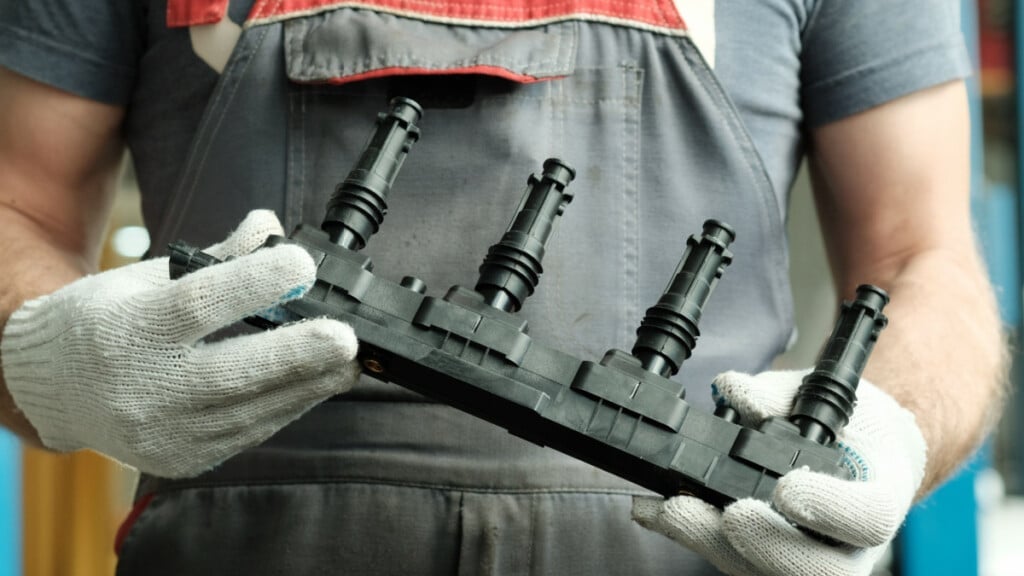
The words “ignition coil” are used very generically in the automotive world. Many unskilled mechanics get confused when trying to determine the difference between ignition coils and coil packs because of how the terms are used interchangeably.
Both of these parts are responsible for delivering the voltage to the plugs so the air-fuel mixture can be ignited in the cylinders. However, the method of how the voltage is delivered is different between the two.
Stand-alone coils deliver voltage to the distributor in the older engine. The distributor directs the spark to each cylinder individually through wires.
After this design came the cylinder-specific coil. No longer was a distributor needed to ignite the mixture. Instead, each coil provides voltage to the spark plug directly. There is one coil for every spark plug.
Coil packs are mounted to the engine and connected to the spark plugs through wires. They are still responsible for sending voltage to the plug, but each pack runs multiple plugs.
Both the cylinder-specific coils and the coil packs are used in today’s car, although more manufacturers are moving toward the coil-over plug design.
RELATED: 7 Symptoms Of A Bad Coil Pack and Replacement Cost
Ignition Coil Function
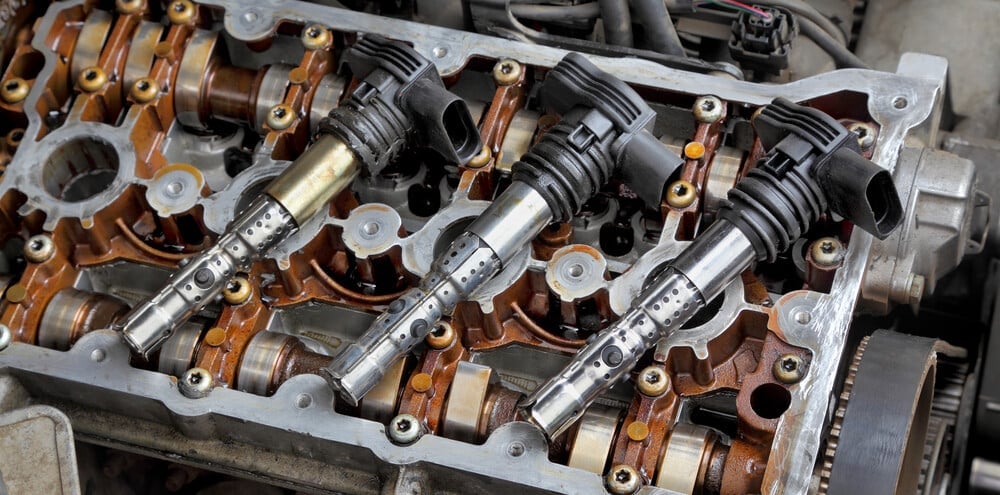
The ignition coil must take the 12V power from the car and transform it. Once it is converted, it sends that voltage to the spark plug, so the air-fuel mixture can be ignited.
Within the ignition coil, there’s primary and secondary winding. Its primary winding doesn’t have a lot of turns, while the secondary contains many.
The Engine Control Unit (ECU) sends signals to the ignition coil, directing the 12V power to flow into the primary winding. During this process, the magnetic field gets built. When the signal from the ECU gets interrupted, the magnetic field’s power gets reduced. This change in magnetism creates high-voltage power in the secondary wiring.
This is the voltage that gets sent to the spark plug. From here, a spark occurs at a precise time to ignite the mixture in the cylinder.
Where Are The Ignition Coils Located?
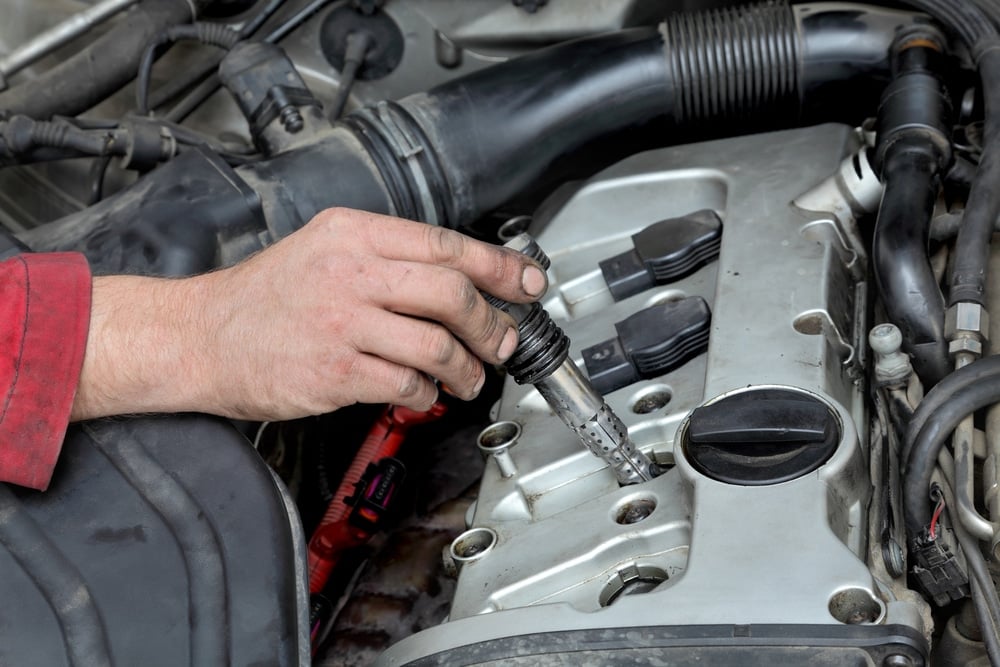
Today’s engines usually have independent coils, otherwise referred to as coil-on plug (COP). The coil is fitted on each of the spark plugs. So, if you have a six-cylinder engine, there will be six coils, one over each cylinder. These coils are identical and not cylinder-specific.
Older engines used a wasted spark system or coil pack. There’s one coil between two cylinders in this system. Therefore, there will be three coils for your six-cylinder engine. These coils can be located on the engine rocker or cam cover and are connected through a spark plug wire.
Coil packs are a combination of coils that are molded into a single unit. They are located on the engine, unlike the COP style. These are expensive to replace because the entire pack must be replaced when one coil fails.
How Do You Test An Ignition Coil?
The easiest way to test most ignition coils is to remove one from another cylinder to see if the trouble code switches cylinders. For example, if the trouble code indicates a misfire on cylinder one and you swap the coils from cylinders one and two, you would expect that a bad coil would create a code for cylinder two.
You could also follow these steps.
- Park your vehicle on a level surface.
- Allow the car to cool down.
- Check the trouble codes with your scanner so you know what cylinder to work with.
- Remove the ignition coil.
- Inspect the spark plug at the same time, just in case it needs to be replaced.
- Use your spark tester on the ignition coil.
- Plug your tester into the coil and attach the ground wire.
- Plug in the coil connector.
- Make sure the spark gap is correct.
If you get a spark after starting the engine, the ignition coil is fine. If not, you should replace it.
You can also check the coils with a multimeter. Follow the procedures and check the specifications with the information provided in your service manual.
How Much Does An Ignition Coil Replacement Cost?
Ignition coil replacement can cost an average of $200 and $300. About $150 to $225 is the cost of parts, while the rest pays for the labor.
If you know how to replace the ignition coils on your own, you may be able to do it yourself. Otherwise, you want to find a qualified mechanic to handle the repair.
Can you drive with a bad ignition coil?
If you have to drive the car, you may be able to temporarily while the ignition coil is bad. However, performance will be decreased and the car may fail to run at any time. You could also create more damage, which is why we always recommend fixing it right away.
Can I replace an ignition coil myself?
It depends on your engine and mechanical expertise. With some vehicles, it’s simple to change ignition coils. However, some vehicles make the process more difficult because of the cylinder placement. If you are unsure, it’s best to hire a professional to perform the replacement.
What causes ignition coil failure?
Moisture is the enemy of ignition coils, leading to premature failure. There can also be damage from a too rich or lean system, which also causes wear to the spark plugs. Additionally, the extreme heat coming from the engine and the vibrations also cause damage to the ignition coils.
How long do ignition coils last?
For the majority of cars, ignition coils should last 100,000 miles or more. Ignition coils aren’t part of the maintenance schedule, so they only need to be replaced when a problem occurs. If something is causing a lean mixture, the spark plugs may wear and the ignition coils can fail prematurely.
Should I replace all ignition coils at once?
Some manufacturers do sell ignition coils in packs to make the replacement of all much easier, but you don’t have to do it this way. Changing the offending coil will cause the Check Engine Light to go off. However, you may be replacing the other coils soon anyway, so it’s often easier to do them all at once.
As mechanics, we’ve worked on more ignition coils than we can count. These are parts that fail on every car at some point, so it’s not an unusual problem. However, if you aren’t used to working with ignition coils, you may want to hire someone for the replacement.
Not only are you working with a system that has voltage running through it, but you can also cause damage if you break any of the sensitive parts. If in doubt, hire a mechanic to help you out.
Categories: Engine
